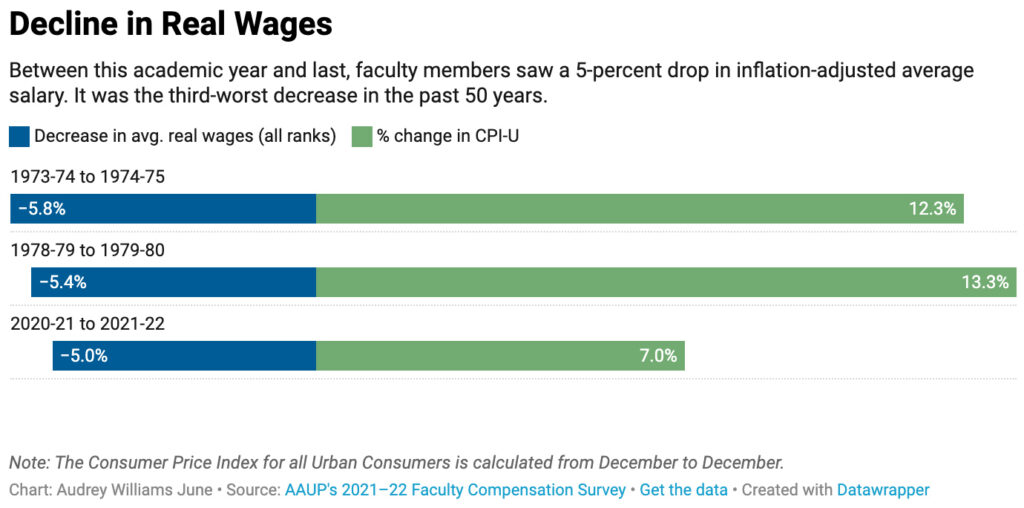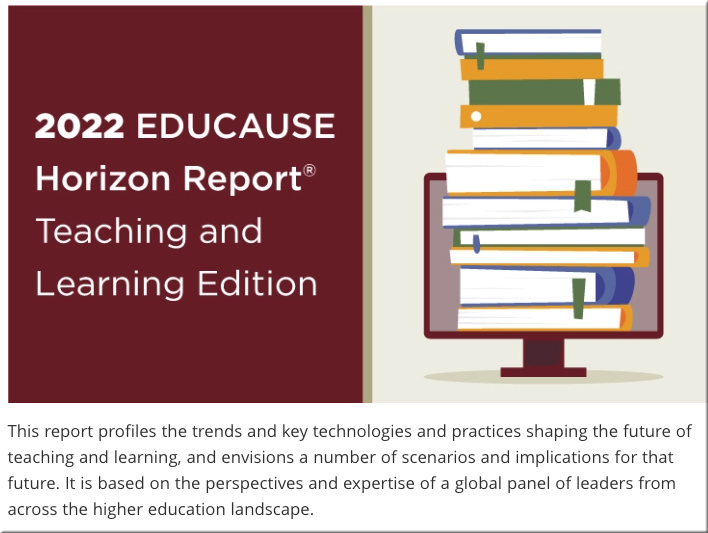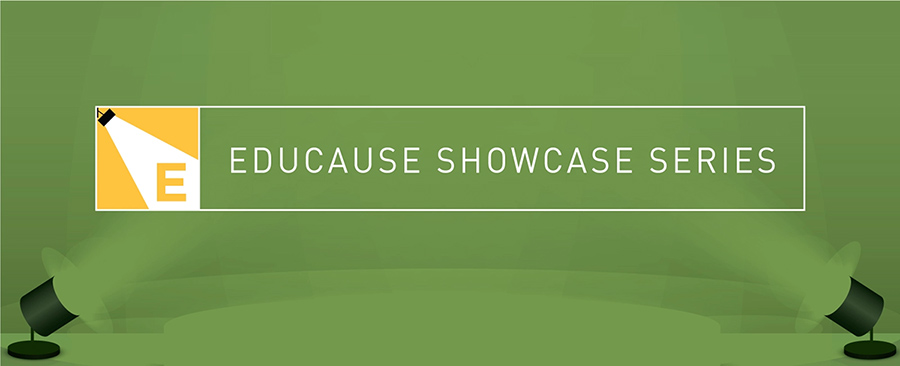Teacher Job Satisfaction Hits an All-Time Low — from edweek.org by Madeline Will
Exclusive new data paints a picture of a profession in crisis
Excerpts:
Teachers’ job satisfaction levels appear to have hit an all-time low this year as the fallout from the COVID-19 pandemic continues to ravage schools.
That’s according to the Merrimack College Teacher Survey, a nationally representative poll of more than 1,300 teachers conducted by the EdWeek Research Center and commissioned by the Winston School of Education and Social Policy at Merrimack College.
In interviews, teachers say they still love teaching—but they’re fed up with everything else. They feel burdened by a constantly growing workload, especially with more students having greater academic and social-emotional needs than ever before. They don’t feel like they’re paid appropriately for all the work they do. And they don’t feel respected as professionals.
Also see:
- Here’s How Many Hours a Week Teachers Work — from edweek.org by Ileana Najarro
- Despite More Money Than Ever for Summer School to Aid With COVID Learning Loss, Teacher Shortages Threaten Programs — from the74million.org by Alex Baumhardt
From DSC:
But it’s not just in K12 where our learning ecosystems are malnourished:
- Ep.77: Turnover, Burnout and Demoralization in Higher Ed — a podcast from insidehighered.com and hosted by Inside Higher Ed Editor Doug Lederman
Excerpt:
Faculty and staff members are leaving colleges and universities in droves. Other employers are experiencing these trends, too, but are some issues unique to higher education? Employers of all kinds are struggling to hold on to their employees in the wake of the pandemic and amid a white-hot job market. Data recently released by the University of North Carolina system, for instance, shows that faculty and staff turnover in the first half of this academic year was about 40 percent higher than the average of the last four years. Are colleges and universities just dealing with the same issues other industries are facing? Or are there unique problems in higher ed that campus leaders need to acknowledge?
Also relevant/see:
- How to Make Your Campus a Better Place to Build a Career — from chronicle.com by Aaron Basko
Seven ways to improve the work environment for everyone in higher education. - Here’s How Rising Inflation Is Affecting Higher Ed — from by Audrey Williams
.











